10 bizarre animal stories of 2020
Penguins throw poop bombs, lemurs secrete a stinky perfume to woo mates and even the cutest of monkeys sometimes eat their own. When you study animals, you never quite know what oddball behaviors you might see.
Here are 10 of the weirdest animal stories that caught our eye in 2020.
Related: Survival of the grossest: 8 disgusting animal behaviors
Snakes feasting on toad organs
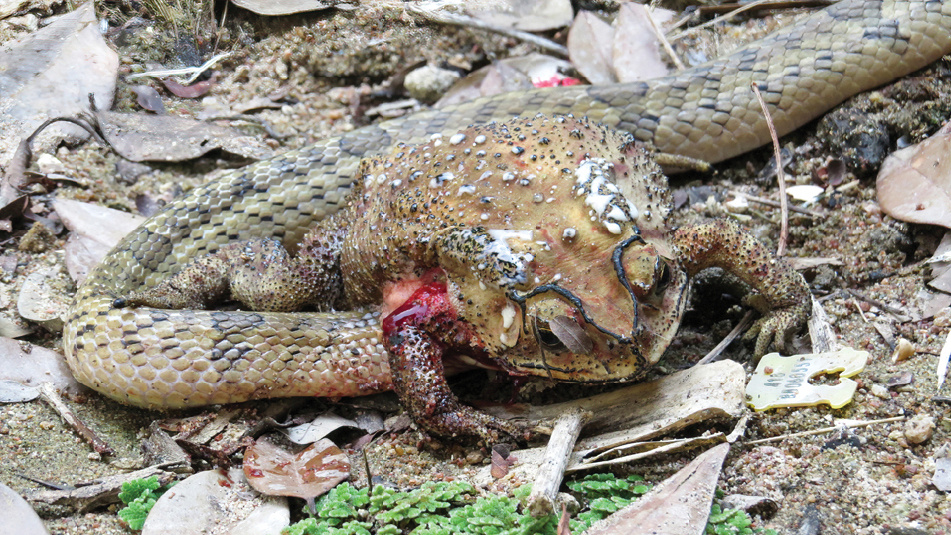
Asian kukri snakes use their knifelike teeth to slice into toads' abdominal cavities and gobble down their organs, leaving little behind but an empty pouch of skin. The snakes sometimes spend hours gorging themselves on toad innards; specifically, scientists caught the snakes consuming poisonous toads called Duttaphrynus melanostictus, also known as Asian common toads or Asian black-spotted toads. The toads secrete a toxic white substance, so the scientists suspect that kukri snakes may have adopted their vicious eating strategy to avoid this poison.
Cannibalistic monkeys
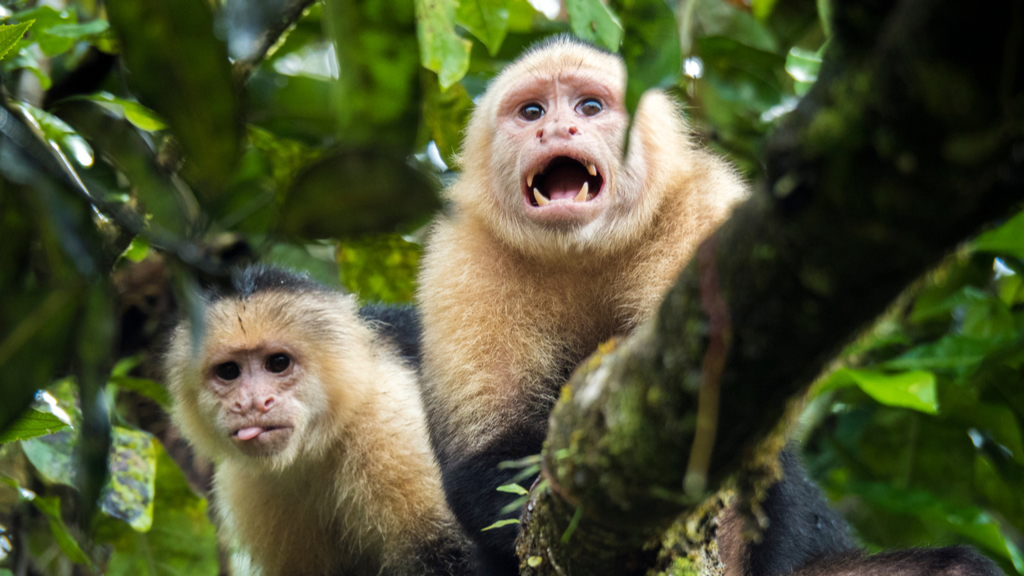
White-faced capuchin monkeys (Cebus imitator) look absolutely darling, with their deep brown eyes and tiny faces ringed with white fur — but sometimes, these adorable creatures will cannibalize their own kin. When an infant monkey fell from a tree in the Santa Rosa National Park in Costa Rica, its relatives gathered around the corpse in interest. Soon enough, a young male and a pregnant female began nibbling at the infant's legs and feet. In the end, they left only the head, chest and arms untouched. When hunting prey animals, the capuchins would usually consume an entire animal in one sitting and as a group, rather than just two monkeys eating part of the part; because of this, scientists suspect cannibalism may be unusual behavior for white-faced capuchins.
Panda courtship caught on camera

After three years tracking pandas through China's Qinling Mountains, filmmakers caught two male bears vying for the attention of a female. This is the first time this courtship behavior has been captured on film, and if you expected something cute and cuddly, you'd be sorely mistaken. The two males squared off at the foot of a tree, fighting and bellowing while the female sat in the branches above. The older of the males won this initial skirmish, but when the female clambered down, she managed to slip away. Both males continued to trail the female for several weeks until, finally, the younger male won out.
Related: Strange love: 11 animals with truly weird courtship rituals
Sign up for the Live Science daily newsletter now
Get the world’s most fascinating discoveries delivered straight to your inbox.
Penguin poop bombs
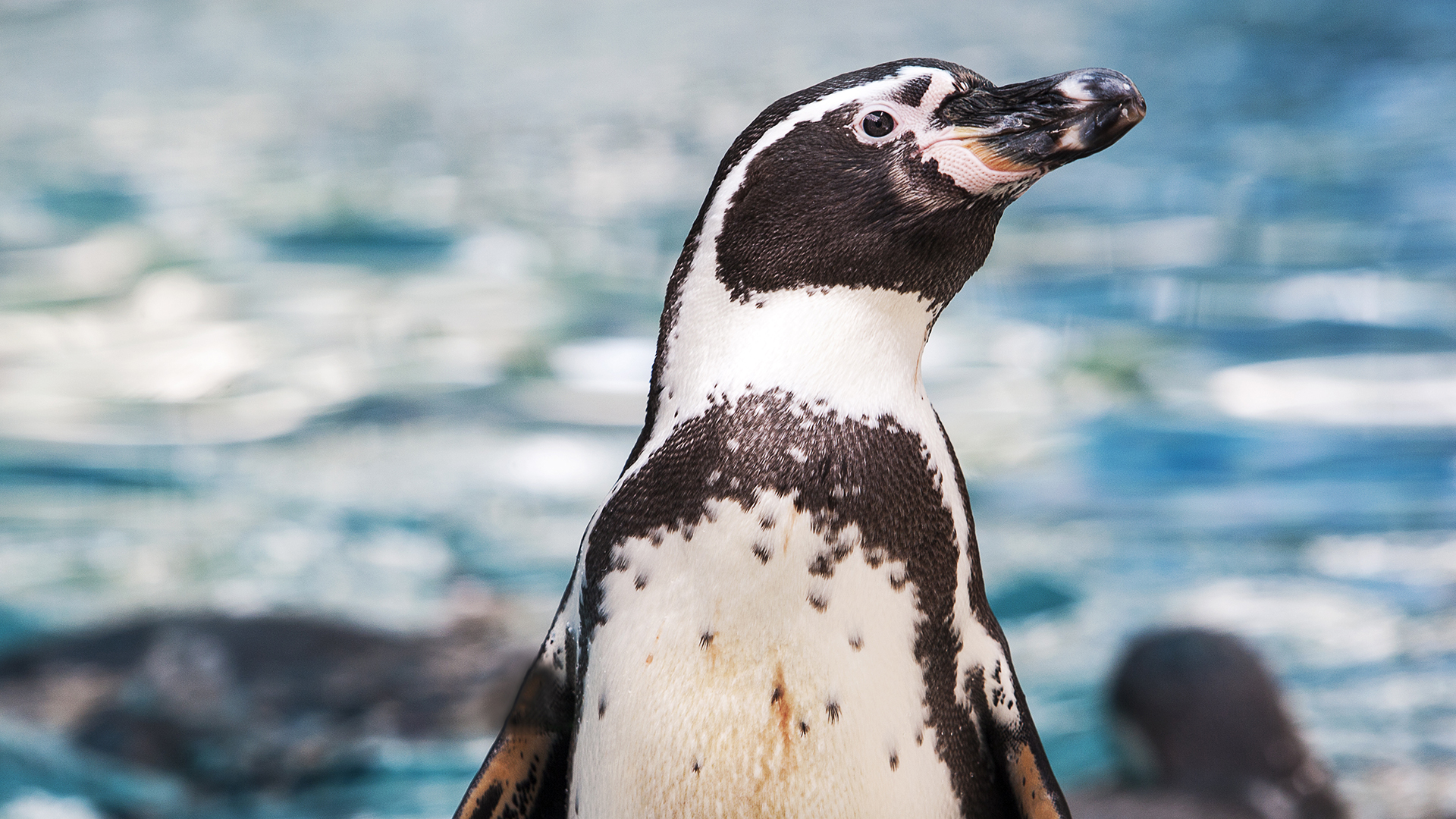
Penguins can shoot their poop across great distances, up to about twice their body lengths, and scientists calculated exactly how much force they require to do so. The team specifically looked at Humboldt penguins (Spheniscus humboldti), which spew their feces in a graceful arc from their nests on high ground. They calculated that the pressure generated in the penguins' rectums was as much roughly 4 pounds per square inch (28.2 kilopascals). That means the powerful poopers can fling their feces at about 5 mph (8 km/h) and up to roughly 53 inches (134 centimeters) away.
'Godzilla' wasps lay their eggs in underwater caterpillars

The Microgaster godzilla wasp earned its monstrous name from the way it hunts down hosts. The parasitic wasp dives underwater to capture moth caterpillars, which float just below the surface in homemade casings. One-by-one, the wasp wrestles the caterpillars out of their casings, drags them above water and quickly pumps them full of eggs. The way the wasp bursts from the water reminded the scientists of Godzilla emerging from the sea in classic sci-fi movies.
An eel's daring (and gross) escape

A blue heron was flying over the Delaware shoreline when, suddenly, an American eel erupted from its gut. In photos captured by Sam Davis, an engineer from Maryland, the eel can be seen dangling off the bird like a fat necktie. After escaping the blue heron's belly, the daring eel may have survived — but only if it fell in or near water that was salty enough. The heron likely lived to fly another day, despite this gut-wrenching encounter.
Naked mole rats use carbon dioxide to avoid seizures
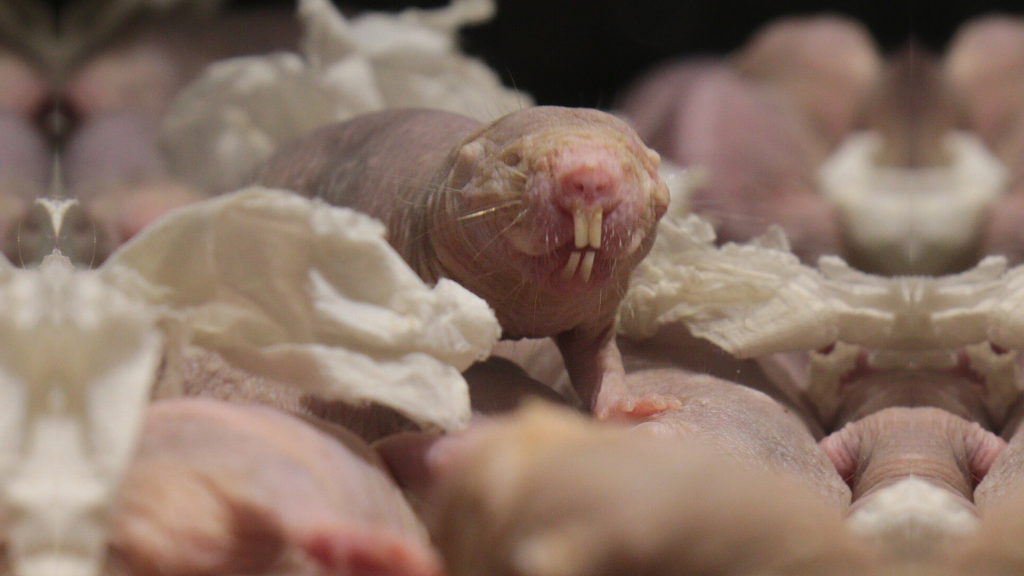
Naked mole rats live in crowded underground burrows with little oxygen, but that's no problem for these wrinkly weirdos. Rather than depending on oxygen, naked mole rats actually depend more on carbon dioxide; without it, their brains short-circuit and the critters have seizures. Due to a genetic mutation, the mole rats lack a switch in their brains that usually keeps electrical activity in check. This mutation allows the animals to conserve precious energy stores, and thankfully, high levels of carbon dioxide in their burrows suppresses brain activity in a different way, which normally saves the mole rats from seizures.
Lemurs flirt using smelly love potion

Male ring-tailed lemurs (Lemur catta) produce their own cologne from a gland in their wrists and douse their tails with the liquid during breeding season. These wrist secretions smell bitter and leathery most of the year, but come breeding season, the cologne takes on a sweeter, fruitier aroma. Scientists theorize that fluctuations in testosterone might drive this change in smell, and this may signal when a male is ready to mate. But while females show strong interest in the mating-season scent, it's unclear whether this smelly form of flirting actually makes males more desirable partners.
Platypuses glow under UV light
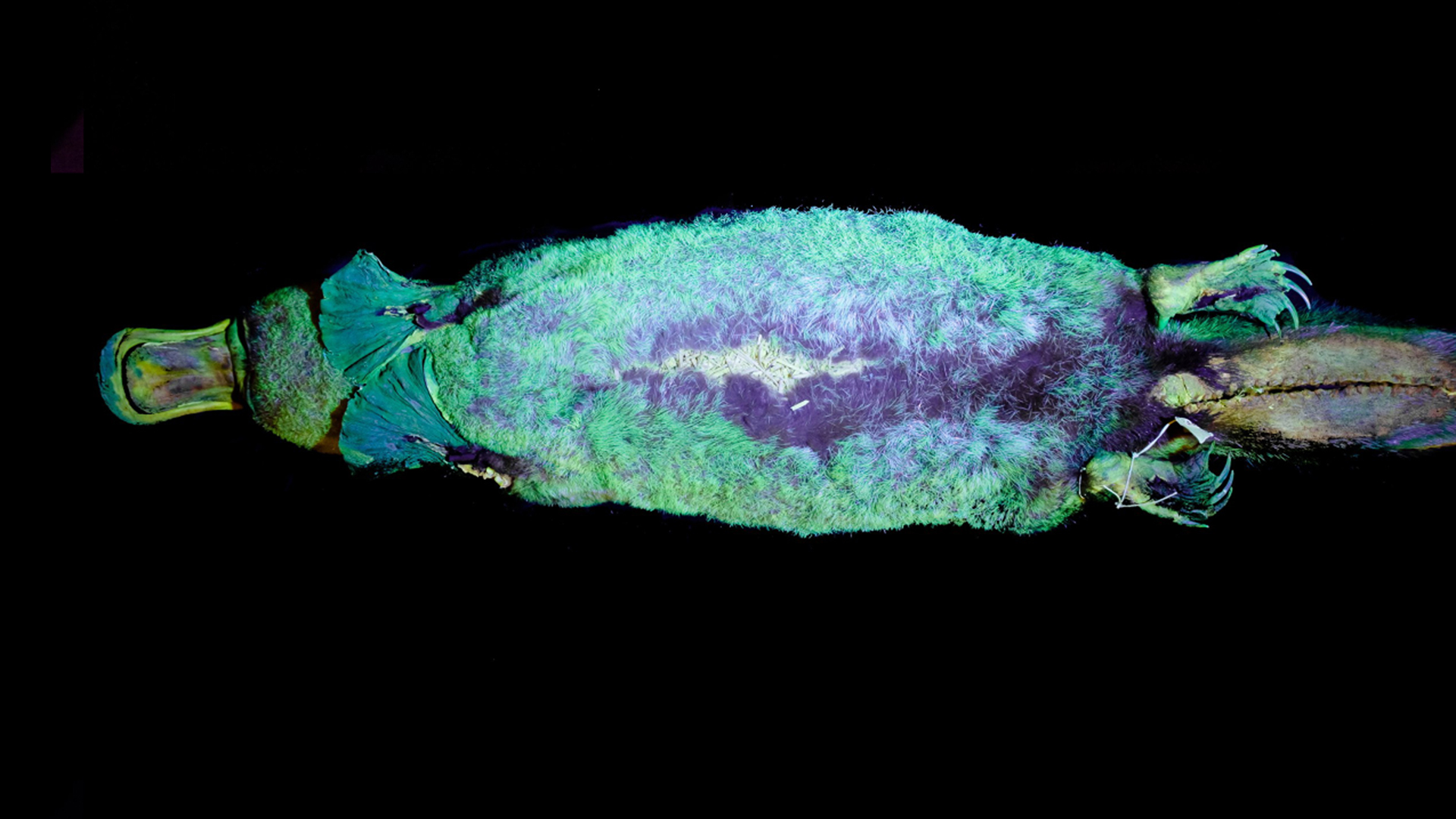
When scientists were studying old platypus specimens, they made a surprising discovery: under UV, the normally brown creatures emit a blue-green glow. Apart from the platypus, flying squirrels and opossums are the only other mammals known to display this kind of biofluorescence. The scientists discovered this glow after studying flying squirrels at the Field Museum in Chicago, when they decided to train their black lights on the duckbilled mammals as well, since both animals hunt at twilight and during the night. The platypuses' green sheen might reduce their visibility to predators, the team hypothesizes, but more research is needed to confirm that theory.
Mantis shrimp steal rival's homes

The mantis shrimp Neogonodactylus bredini wield clublike arms, which they use to bully smaller shrimp out of their homes. The crustaceans, nicknamed "smashers," can swing their arms at 50 mph (80 km/h) and duke it out over coral burrows in the southern Caribbean Sea. In laboratory studies, scientists found that, if given a choice between empty burrows, the shrimp choose large, roomy ones that they could grow into. But when other shrimp take up house in the burrows, smashers tend to attack shrimp in small burrows most fiercely. Although the burrow might be a tight squeeze, the attacking shrimp likely knows that the occupant will be small and therefore easier to defeat, the researchers suggested.
Originally published on Live Science.

Nicoletta Lanese is the health channel editor at Live Science and was previously a news editor and staff writer at the site. She holds a graduate certificate in science communication from UC Santa Cruz and degrees in neuroscience and dance from the University of Florida. Her work has appeared in The Scientist, Science News, the Mercury News, Mongabay and Stanford Medicine Magazine, among other outlets. Based in NYC, she also remains heavily involved in dance and performs in local choreographers' work.









